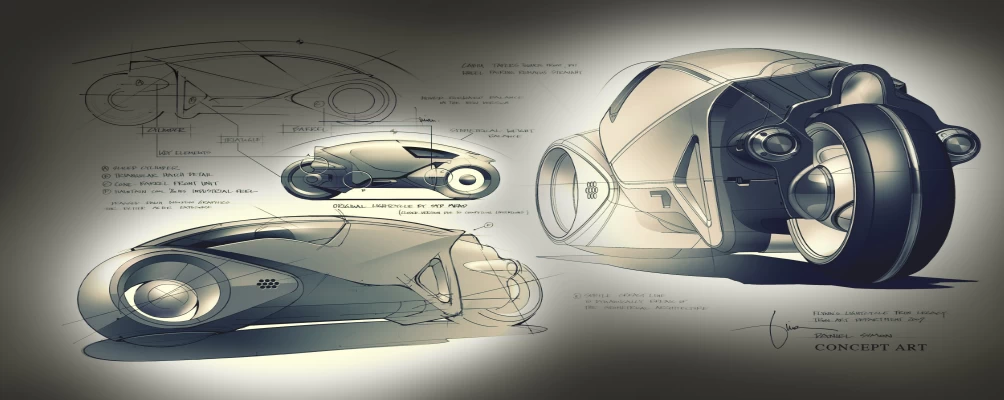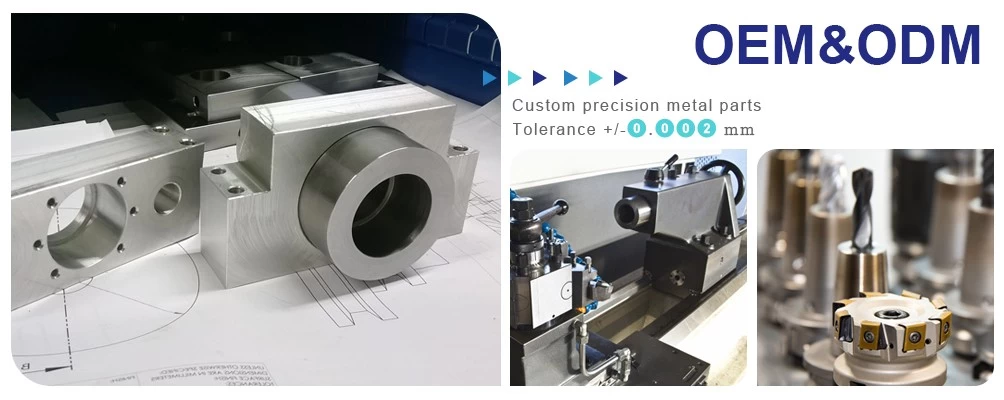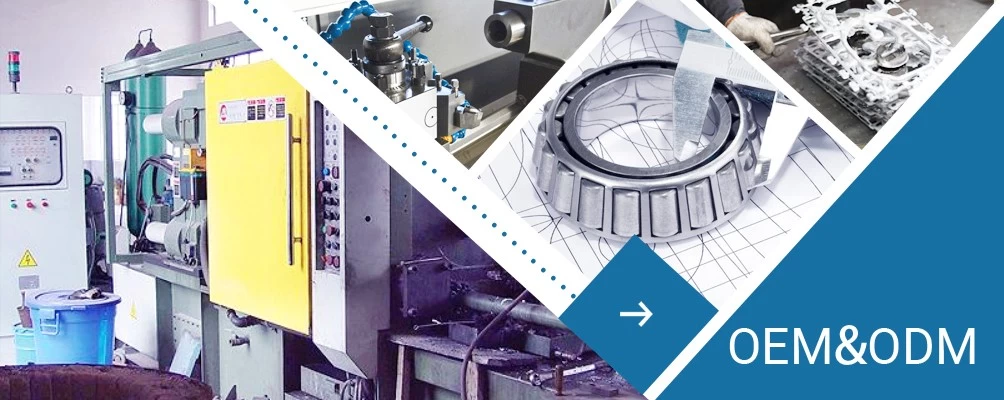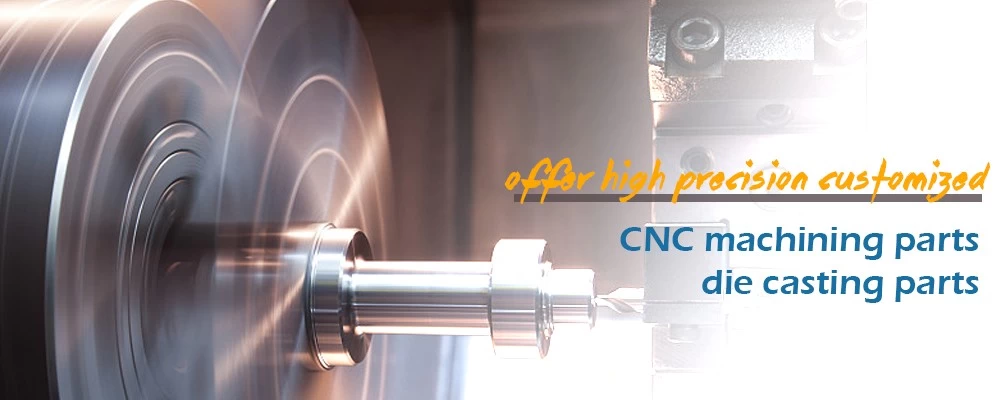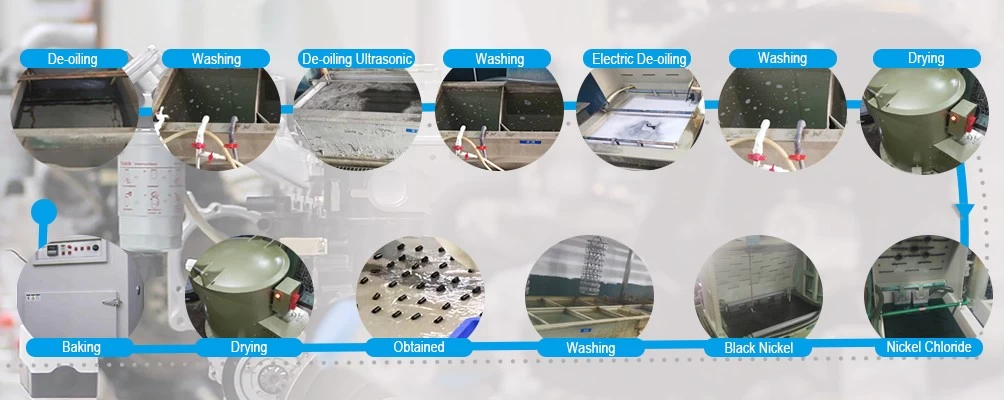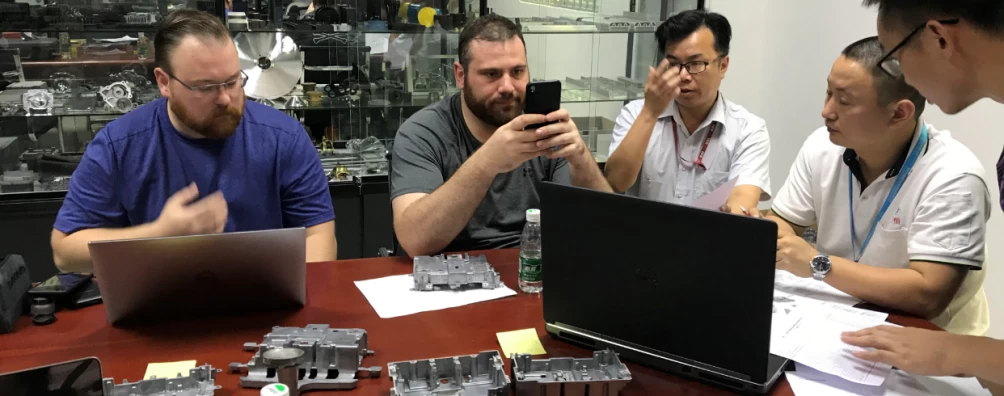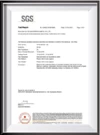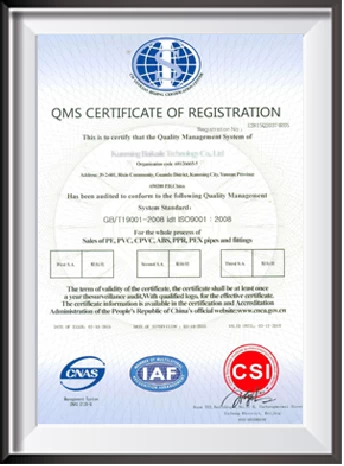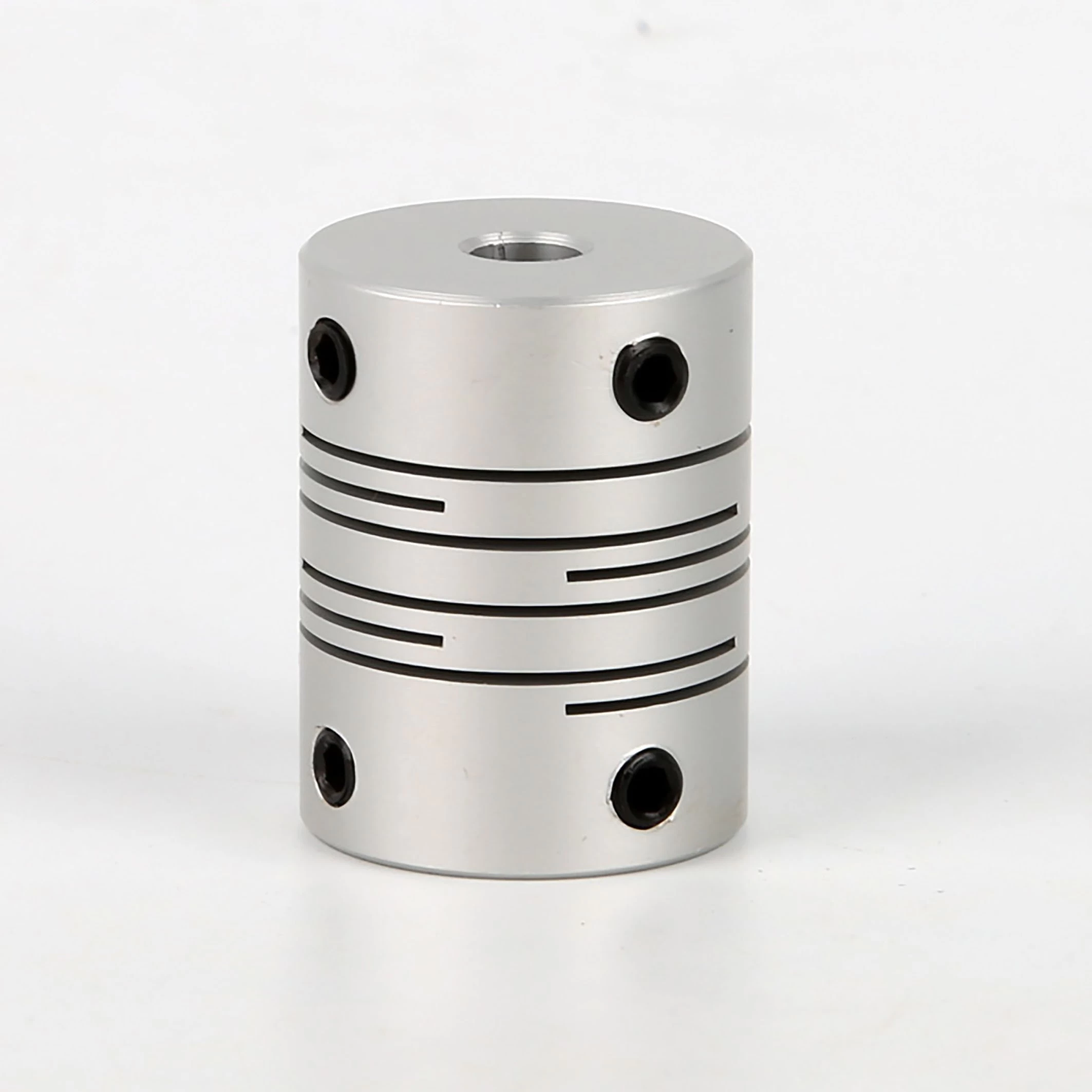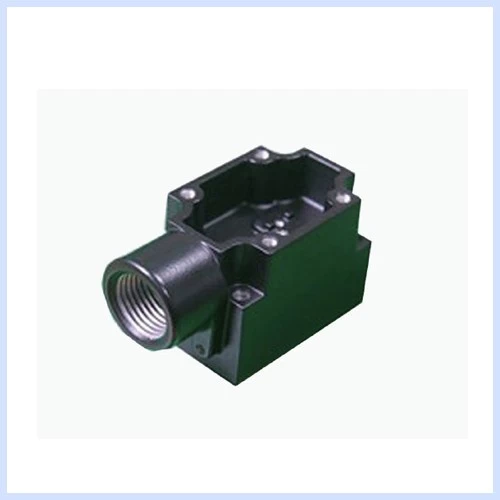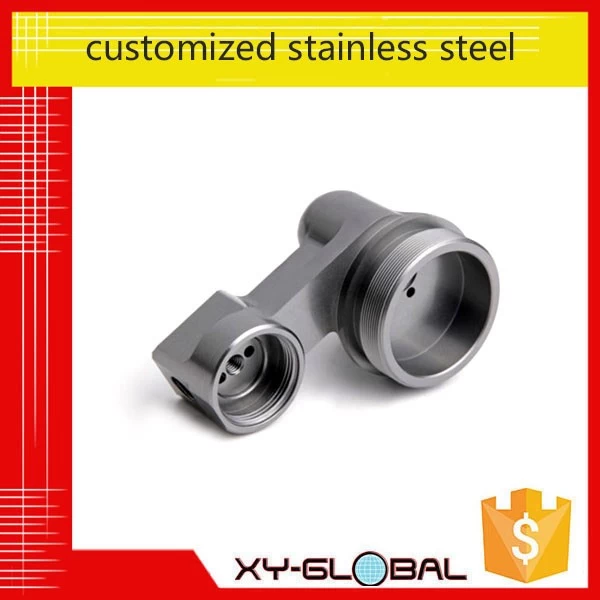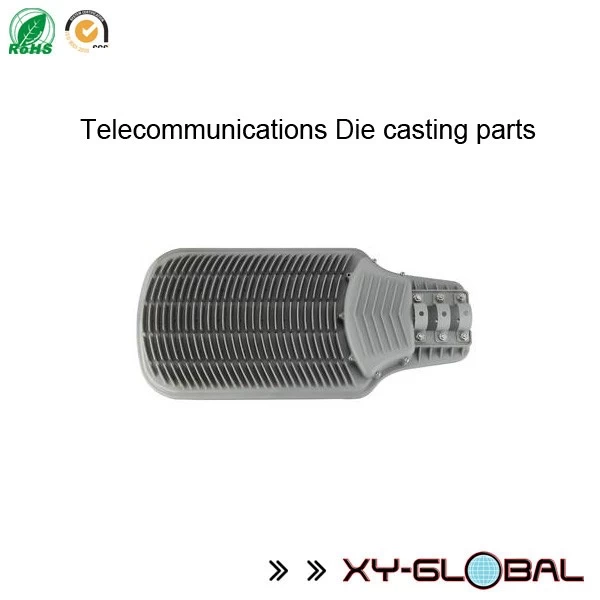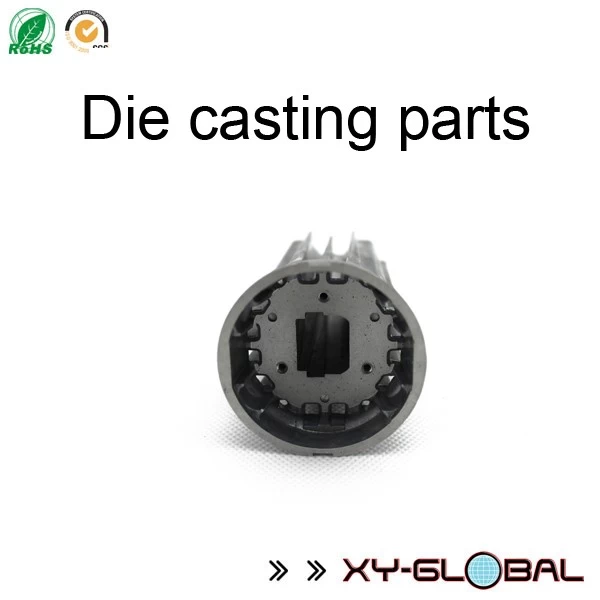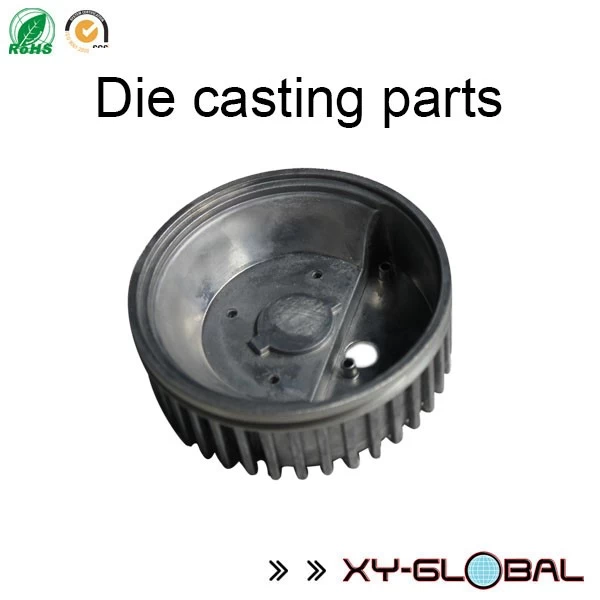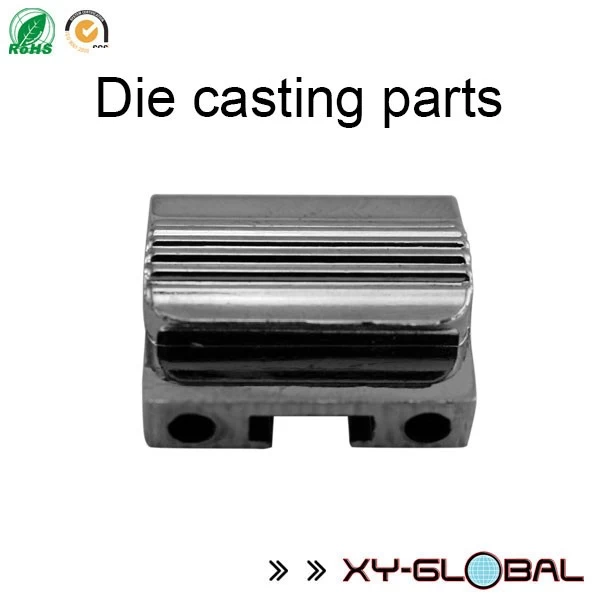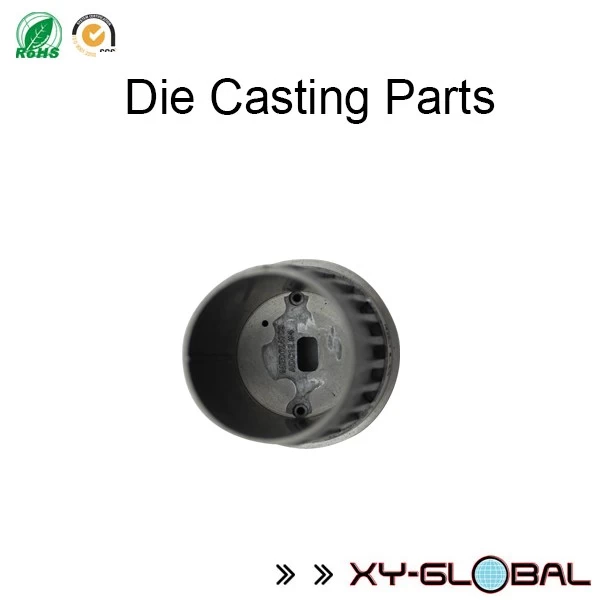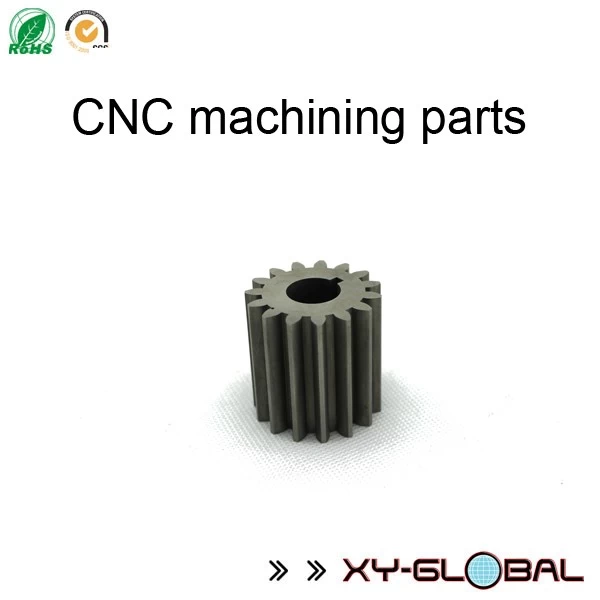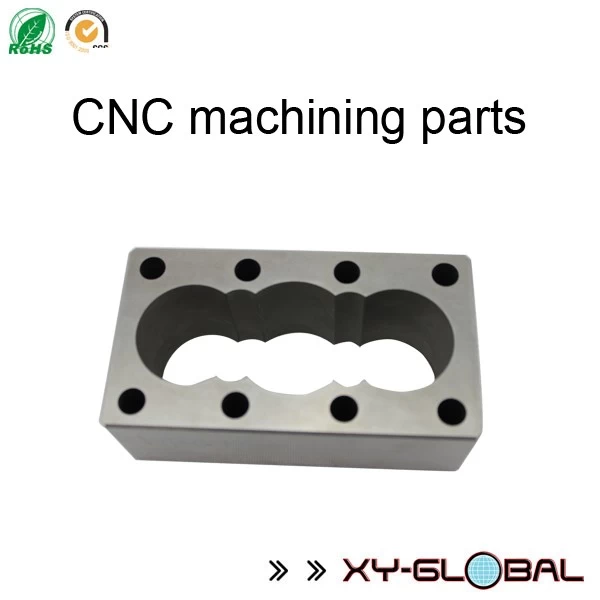Injection molding is widely used in various fields
diecastingpartsupplier
www.diecastingpartsupplier.com
2017-04-25 16:15:48
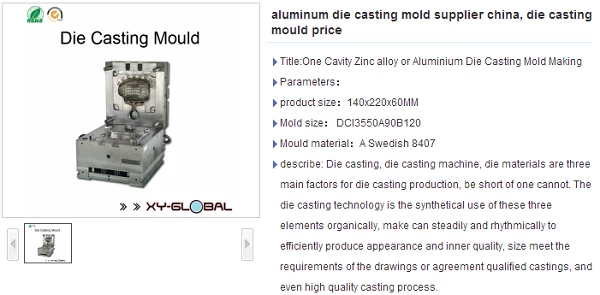
Consider the housing for an electric drill produced by Panasonic (see below):
One of the most obvious advantages to injection molding is that the housing serves multiple purposes. First, it serves as a handle for the end user to interact with. It also acts as a receptacle for the battery and motor as well the location of various screw bosses that will be used to fasten the device together once the internal parts are assembled. In other words, injection molding is extremely effective when you need to organize a lot of internal parts within a housing. As a consequence, it’s a fantastic way to reduce the number of total parts (“piece count”). Of note, this part is also an overmolded part.

